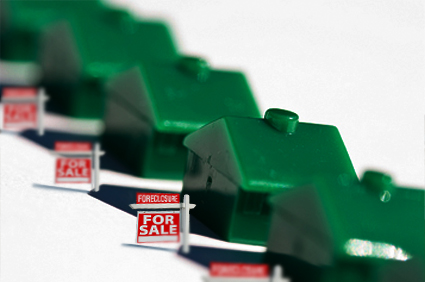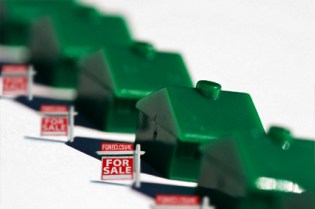On a weekend trip near Monticello, N.Y., during the summer of 2010, my family and I visited some friends of ours, a married couple we’ve known for years. Over lunch, I mentioned that we had passed by several anti-fracking signs on our way to their home. Gasland had recently aired on HBO and I was curious what our friends thought about fracking (aka high-volume, horizontal hydraulic fracturing), so I asked them. There was a pause; our friends looked at each other uneasily. Long story short, in 2009, they had leased some land they own in Pennsylvania to a gas drilling company.
To their credit, our friends, both of whom are environmentally conscious, considered the potential impacts to the community and environment before they signed. Of course at that time, the gas industry’s greenwashing campaign had successfully convinced many people that this domestically produced fuel would help to reduce greenhouse gas emissions, since natural gas burns more cleanly than coal. (A claim that has increasingly been called into question.)
Before fracking had become as controversial as it is today, many homeowners living above shale-gas formations did not know about its hazards. So when landmen came a-knocking, some homeowners put their John Hancock on the gas leases. In our friends’ case, they were approached by their neighboring landowners in northeast Pennsylvania, some of whom, like them, had not yet built a home on their properties.
If many property owners did not realize the potential environmental impacts of their decisions, even more did not realize the impact a drilling lease might have on their mortgages. In a November 2011 editorial, transactional attorney Elisabeth Radow pointed out that since many “upstate homeowners did not know about the hazards of fracking when they signed the gas leases, it did not occur to them to check their mortgages.” Why is this a problem? “Residential mortgages prohibit heavy industrial activity and hazardous materials on the property,” explained Radow. “Fracking brings both.”
While not a new issue — and a little less interesting than flammable tap water — the legal and financial risks that gas drilling leases impose can’t be ignored (see last year’s Drilling Down series in The New York Times). Homeowners and taxpayers are being faced with complex questions about the hazards and uninsurable risks associated with fracking, and its impact on mortgages and the housing sector remains unknown.
Leases don’t get much press in the context of the never-ending flow of coverage that fracking draws. But Elisabeth Radow’s 2011 editorial eloquently and persuasively captures what’s at stake:
The mortgaged property needs to stay safe and uncontaminated because lenders sell 90 percent of all home mortgage loans to the secondary mortgage market in exchange for funds to make new home loans. Gas leases allow gas companies to truck in tankers with chemicals, transport flammable gas and toxic waste, operate heavy equipment 24/7 and store gas underground, for years, all in a person’s backyard.
Gas leases also create easements which continue after the gas company leaves, with no funds for upkeep. Gas drillers can sell the lease without telling the homeowner, so there’s no way for a family to control who drills on their private property. Homeowner’s insurance doesn’t cover risks from fracking and neither does the gas lease. Industrial-sized risks are so expensive, even gas companies don’t get fully insured for them. Homeowners can get slammed with risks for the dangerous activity they don’t even control. [Emphasis added.]
To be sure, it’s a grim prospect for homeowners and communities alike. But what does this all mean in the broader context of the economy? Radow writes:
As fracking spreads across 34 shale-rich states, the $6.7 trillion secondary mortgage market — which holds 90 percent of the nation’s home mortgage debt — could get left bearing the liability; American taxpayers are next in line.
A growing number of banks won’t give new mortgage loans on homes with gas leases because they don’t meet secondary mortgage market guidelines. As a result, homeowners with a gas lease can be out of luck selling their homes since the lease impacts stick with the property. The impact falls not only on homeowners and taxpayers but also affects the banking, housing, insurance and secondary mortgage market interests and their investors. New construction, the sign of economic recovery, is threatened, too, because construction loans require a property to be free of the very risks that gas drilling brings.
For those, like my friends, eagerly awaiting the return of a strong economy, this shift of drilling risks from gas companies to the housing sector, homeowners, and taxpayers demands immediate attention. In the meantime, property owners are learning that the leases and agreements that they signed just a few years ago may contain some industry sleight-of-hand.
A version of this post originally appeared on Ecocentric.




